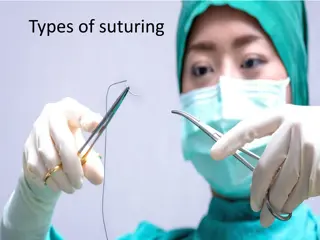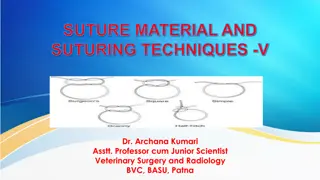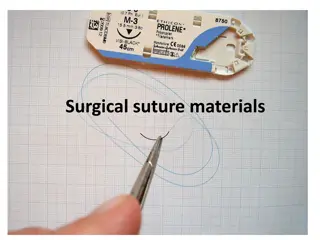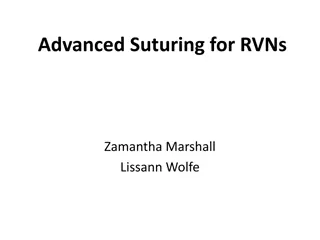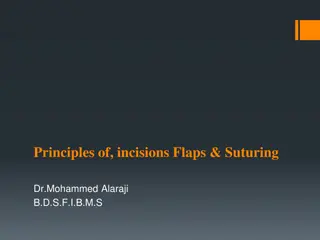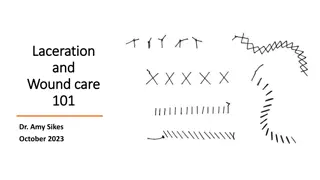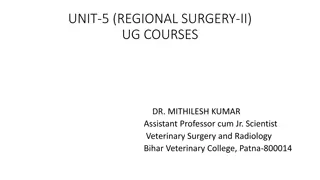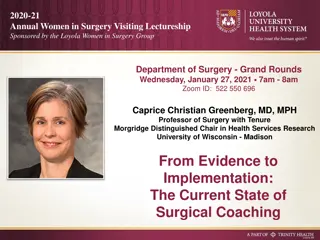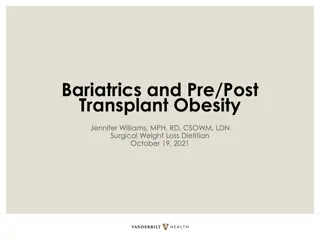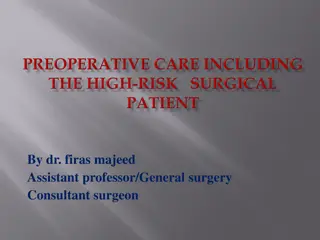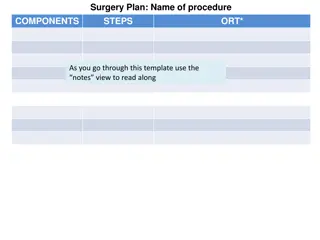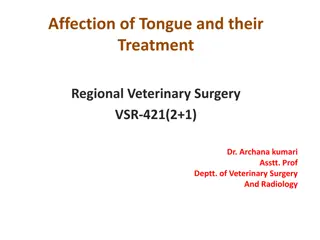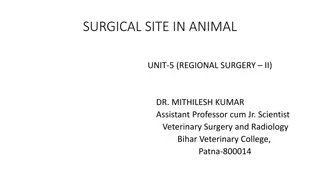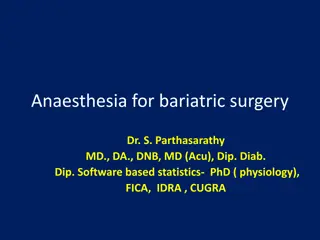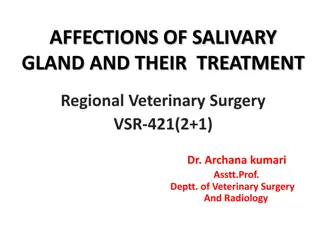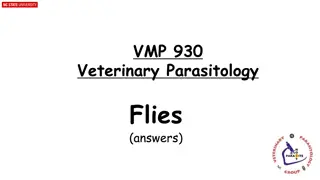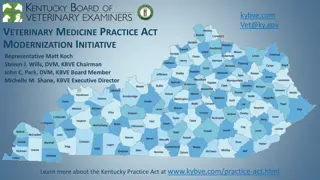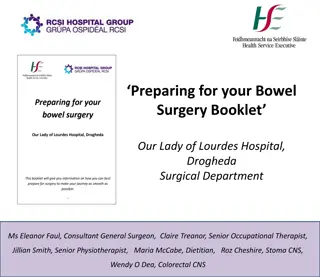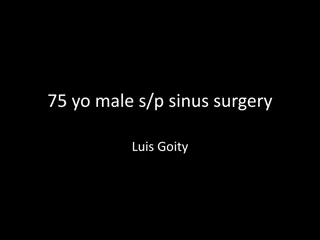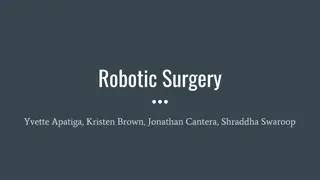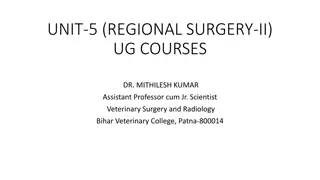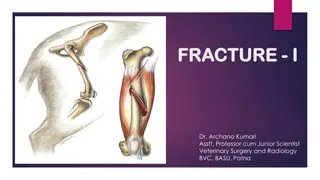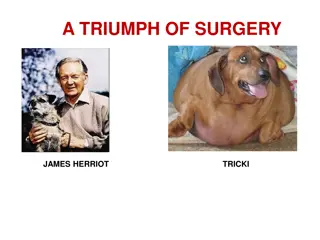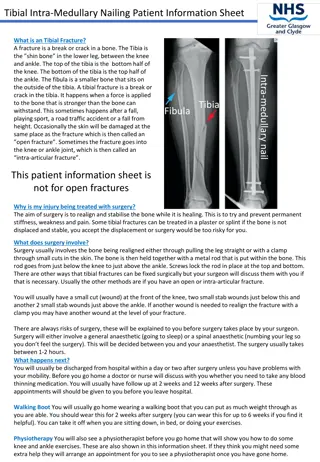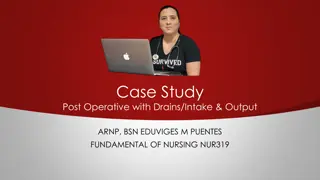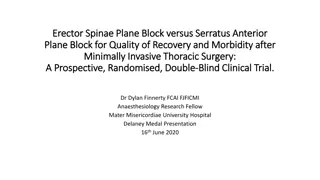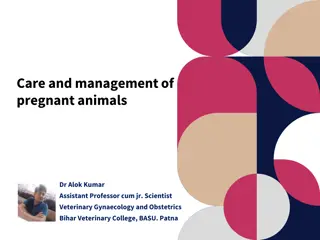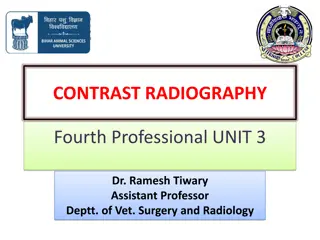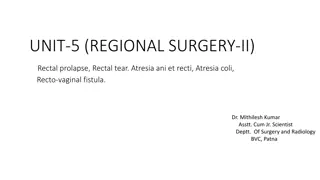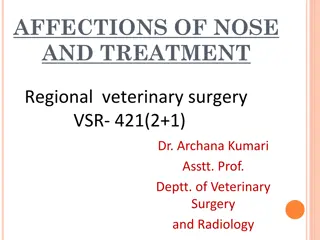Suture Material and Suturing Techniques in Veterinary Surgery Overview
This post by Dr. Archana Kumari covers the classifications of suture materials including natural, synthetic, and metallic types based on source, structure, fate, and coating. It also delves into properties of ideal suture materials, categorizes non-absorbable and absorbable materials, and provides insights into specific types like Catgut. Detailed information with images is included.
Download Presentation

Please find below an Image/Link to download the presentation.
The content on the website is provided AS IS for your information and personal use only. It may not be sold, licensed, or shared on other websites without obtaining consent from the author. Download presentation by click this link. If you encounter any issues during the download, it is possible that the publisher has removed the file from their server.
E N D
Presentation Transcript
SUTURE MATERIAL AND SUTURING TECHNIQUES -III Dr. Archana Kumari Asstt. Professor cum Junior Scientist Veterinary Surgery and Radiology BVC, BASU, Patna
Ideal properties: Easy to handle. Predictable behaviour in tissues. Predictable tensile strength. Sterile. Secure knotting ability. Minimal tissue reaction. Non-alergenic,non-carcinogenic,non-shrinkage
CLASSIFICATIONS OF SUTURE MATERIALS According to source: 1.Natural 2.Synthetic 3.Metallic According to structure: 1.Monofilament 2.Multifilament
CLASSIFICATIONS OF SUTURE MATERIALS According to fate: 1.Absorbable 2.Non-absorbable i. Organic ii. Inorganic iii. Synthetic According to coating: 1.Coated 2.Uncoated
Non absorbable Organic Inorganic Synthetic Cotton Mettalic suture Nylon Silk Suture wire Terelene Horse hair Stainless steel wire Vetafil Linen Tantalum Wire Polyester Umblical tape Wound Clips Synthetic Mesh Dermal suture Pin suture Surgilene Silk worm gut Mettalic Mesh Polybutester
Absorbable 1. Catgut: It is obtained from the from the submucosa of small intestine of a sheep . Serosal layer of bovine intestine . Initially it was reffered to as kitgut meaning the cord or string on fiddle. It is composed of formaldehyde treated collagen fibres. Sterlised by ionising radiation or by ethylene oxide. Available in presterlised aluminium foils containing 85% ethyl alcohol, it cannot be autoclaved. Heat denature the protein and tensile strength is reduced. The absorption time can be delayed by treatment with chromic acid ,iodine , tannin , formalin,or other chemicals. The catgut is also avialable as plain catgut, mild chromic catgut,mdium chromic catgut and extra chromic catgut based on the degree of treatment with chromic acid. Plain Catgut Type A: Absorbed in about 5 days Mild chromic catgut Type B : Absorbed in about 10 days Medium Chromic Type C : Absorbed in about 20 days Extra Chromic Type D : Absorbed in about 40 days
The material is available in sizes varying from no. 7/0 (Finest ) 6/0 5/0 4/0 3/0 2/0 1/0 1 2 3 (Thickest )
In routine surgerical procedures, mild to medium chromic catgut is used. It is absorbed and digested by macrophages and lysosomal enzymes. Catguts weakens swell in vivo and henc result in poor knot security.
2. Kangaroo tendon : It is obtained from the tendon of tail of the kankaroo It is used for suturing joint capsule, hernial ring and places where more strength is required. 3. Fascia lata : It is obtained from bovine fascia lata and it is available in tape like pieces preserved in glass tube. 4. Cargile membrane: It is obtained ffom bovine caecum in the form of thin sheet It is used to cover surfaces from which peritoneum has been removed. It is not gnerally used. 5. Collagen: It is prepared from bovine flexor tendon fillament. It is a multi-fillament absorbable suture and it is obserbed within 60 days. It is treated with formaldehyde and chromic acid or both. Less tissue reaction than catgut. It is used in ophtalmic surgery.
. Polyglactin 910 (vicryl): It is synthetic braided absorbable suture material consist of glycolic acid and lactic acid in the ratio of 9:1. Sterlised by ethylene oxide.Absorbed by hydrolysis in 40 to 90 days . Used in occular surgery and closing of muscles after laprotomy. It is inert , non-pyrogenic and produces mild tissue reaction. It remains stable in contaminated wound. 7. Polyglycolic acid (dexon): It is synthetic suture material prepared from glycolic acid. It is smooth, strong and absorbable. Absorbed in 100 to 200 days by hydrolysis. Used in closure of clean wound . size varies from 6/0 to 1.


